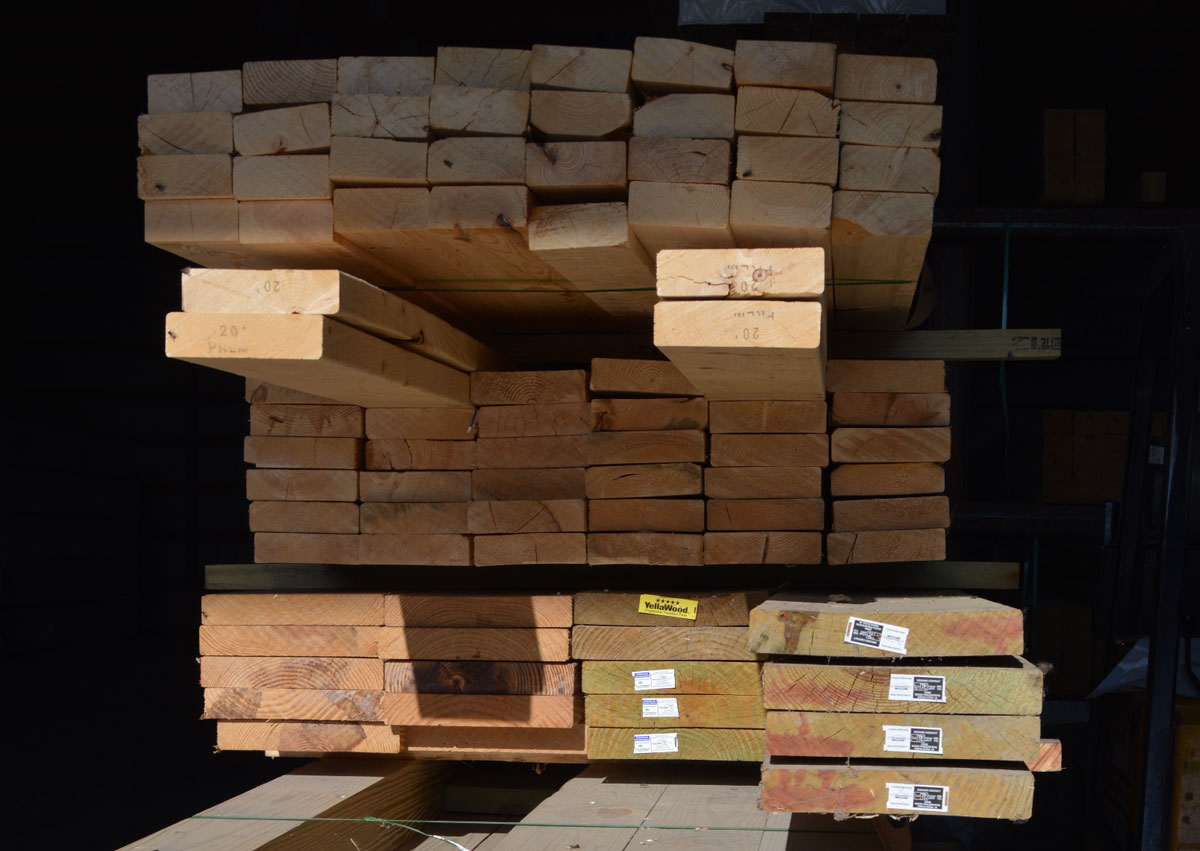North American softwood sawmill capacity increased by 1.4 billion board feet in the last year, according to Forisk. Most of that increased capacity – 1.1. billion board feet – was from manufacturing in the U.S. South. In fact, the entire wood products manufacturing sector continues to produce at the highest levels since the Great Recession, according to the Federal Reserve Board.
Many wood products companies have announced significant investments to expand the capacity of existing mills, however, lead times to get the new equipment remains long. In some cases, machinery is backordered up to 24 months – potentially extending the usual 12 to 24 months it would take to complete these types of projects. Manufacturing expansion projects are a long-term solution that will support increased capacity, but not until 2022 at best.
Home demand has only increased during the pandemic and builder confidence has been above 80 for the last nine months, with a rating of above 50 indicating positive conditions. Homes are going under contract at a faster rate than they are listed for sale even though new home listings are up 19.1 percent over last year. Permits for single- and multi-family projects were up 25.3 percent and 20.4 percent, respectively. The National Association of Home Builders reported that the pandemic also drove increased demand for remodeling projects.
Despite the already high levels of production, and investments from manufacturers to upgrade and expand mill capacity, the unprecedented demand still exceeds the current supply. The most immediate opportunity to address constraints to lumber supply is to focus on transportation and workforce limitations. These challenges were present before the pandemic and have exacerbated the current situation.
The wood products industry is far from the only commodity that is experiencing increased demand, nor is it the only industry to face worker shortages and transportation limitations. Addressing these constraints will be the most fruitful endeavor for immediate relief.
The American Wood Council (AWC) is the voice of North American wood products manufacturing, an industry that represents provides over 450,000 men and women in the United States with family-wage jobs. AWC represents 86 percent of the structural wood products industry, and members make products that are essential to everyday life from a renewable resource that absorbs and sequesters carbon. Staff experts develop state-of-the-art engineering data, technology, and standards for wood products to assure their safe and efficient design, as well as provide information on wood design, green building, and environmental regulations. AWC also advocates for balanced government policies that affect wood products.





















